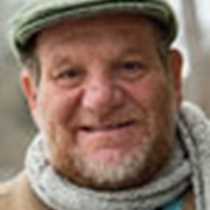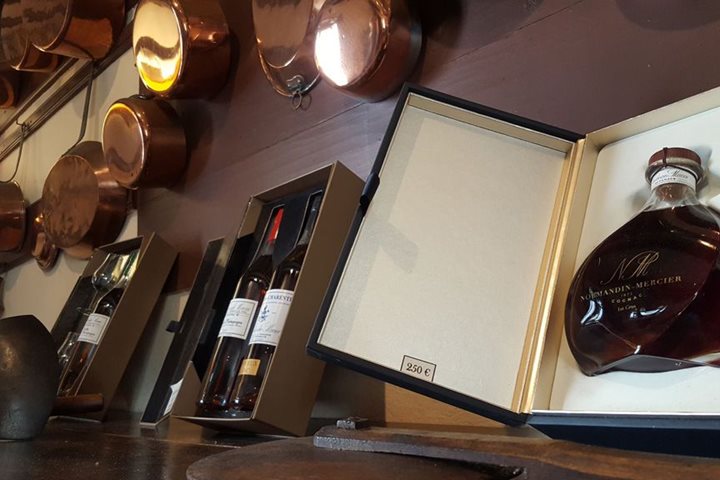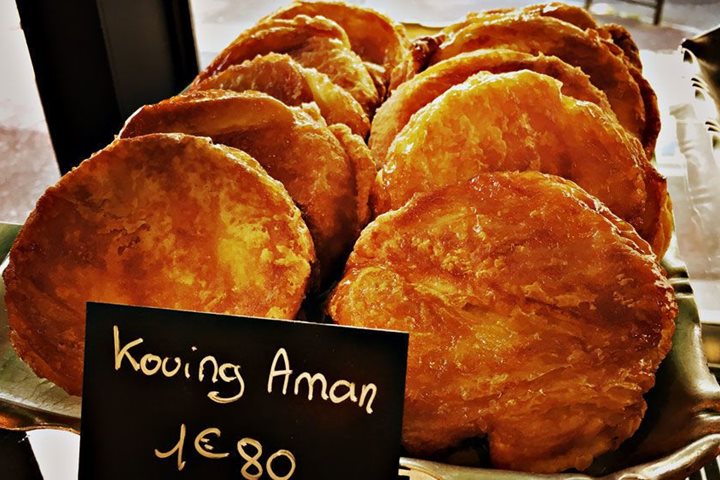The small fishing port of Roscoff on the northern coast of Brittany’s most westerly department of Finistère began a new chapter in its history at the beginning of the 1970s when a co-operative of local farmers invested in a cargo vessel to transport the region’s crops of early vegetables directly to Britain. The ship was called Pennarbed, (Breton for Finistère), the first ship in a growing fleet of what became known as Brittany Ferries. As well as trucks laden with vegetables, she also carried the local Johnny Onions with their bicycles laden with strings of onion and garlic and also a little tourist traffic. Today the route from Roscoff to Plymouth is just one of several crossings from ports in Brittany and Normandy that connect to the coast of southern England and Ireland operated by Brittany Ferries, now one of the most successful of the cross channel ferry companies for freight and passengers alike.
If Brittany Ferries represents the best of modern Brittany, the mediaeval town of Roscoff offered us a chance to see the best of Breton heritage. At the centre of the town is the church of Our Lady of Croaz-Batz, built around 1520, and forming the centrepiece of a ‘parish close,’ the unique ensemble of church and elaborate tower, in Renaissance style, with ossuaries and walled enclosure. A monument within the enclosure commemorated Dorothy Silburne who offered asylum to Breton clergy during the period of the terror in the French Revolution, including to a future bishop of St-Pol, the nearby cathedral city. This part of Brittany was strongly Catholic and the revolutionaries in Paris made a big mistake in alienating the common people by its anticlerical policies, a lesson that the Bolsheviks failed to learn when they repeated the same mistake in Russia following the 1917 October Revolution.
For a glimpse into the way of life of the provincial nobility before the Revolution, we also visited Château Kerjean (Kastel Keryann) some twenty kilometres to the south-west of Roscoff, a drive through the Breton countryside that enabled us to witness the scale of vegetable production hereabouts: onions, garlic, cabbage, carrots, artichokes and potatoes. The château has been empty since its last owners fled before the terror and contains interesting exhibits, including a collection of traditional Breton wooden furniture: beds (lits-clos), wardrobes and linen chests.
Our visit to Roscoff had been unscheduled and we certainly made the most of the opportunity provided to explore a new port and its hinterland. Heavy weather persisted and in the afternoon we ventured around Ushant and the Pointe du Raz en route for Lorient in invigorating conditions.






